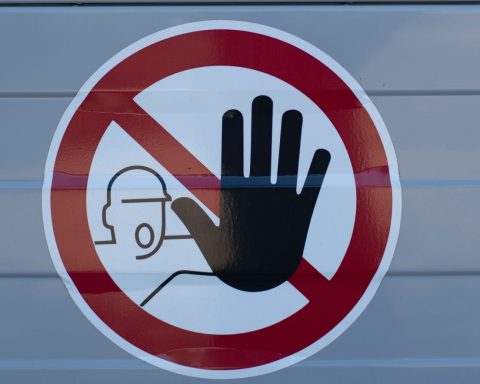
Contextual safeguarding is a relatively new concept, which is primarily intended for adolescents. Recognising that young people are often exploited and abused outside their family environment (e.g. school, peer group, social media and neighbourhood), contextual safeguarding focuses on influencing and shaping those areas. It is, therefore, particularly relevant for issues like modern slavery, sexual exploitation, grooming, radicalisation, online abuse and county lines (involving young people in organised crime, including trafficking drugs and other illegal items around the country). To promote information sharing and professional networking in this area, a Contextual Safeguarding Network° has been created.
As adolescents become more independent of their parents they naturally move in and out of an ever expanding range of physical and virtual environments. The time they spend within each of these contexts and the impact each context has on them is under constant flux, depending on, for instance, the time of the day, whether it is school term or holiday, how supportive their parents or carers are and their own personal resilience and vulnerabilities. Each context vies for the greatest sway over its young people, leading to a multi-directional flow of control. For example, strong peer pressure often undermines parental credibility, which in turn affects how adolescents behave within their family sphere.
When it comes to safeguarding adolescents from abuse and exploitation, it is imperative they [GPs] take the extra step of considering the risks of the contexts in which young people live and socialise outside their family circle.
Four essential components are deemed necessary to effectively practice contextual safeguarding:1
1. Target the context. Identify and assess its risks; provide suitable intervention to disrupt any factors contributing to abuse in that area.
2. Obey the rules. Ensure every intervention is consistent with relevant national legislation and established local Safeguarding Children Partnership frameworks.
3. Challenge the norm. Consider different ways of working; be willing to enter novel partnerships. This may include liaising with the local authority department which is responsible for a nearby park or the owners of gyms, bowling alleys, and shopping centres and eating places, where young people congregate.
4. Measure the outcomes. How will you measure if the intervention has been successful?
GPs are great at viewing illness holistically and seeing the impact ill health has on people physically, psychologically and socially. When it comes to safeguarding adolescents from abuse and exploitation, it is imperative they take the extra step of considering the risks of the contexts in which young people live and socialise outside their family circle – and be willing to work closely with others to mitigate these dangers. By actively targeting these contexts, they have the potential to more effectively safeguard individual young people and others who share the same contexts.
Reference
1. Carlene Firmin. Contextual safeguarding. An overview of the operational, strategic and conceptual framework. November 2017. Available from: https://www.csnetwork.org.uk/assets/documents/Contextual-Safeguarding-Briefing.pdf
Featured photo by Rich Smith on Unsplash








